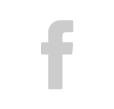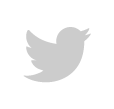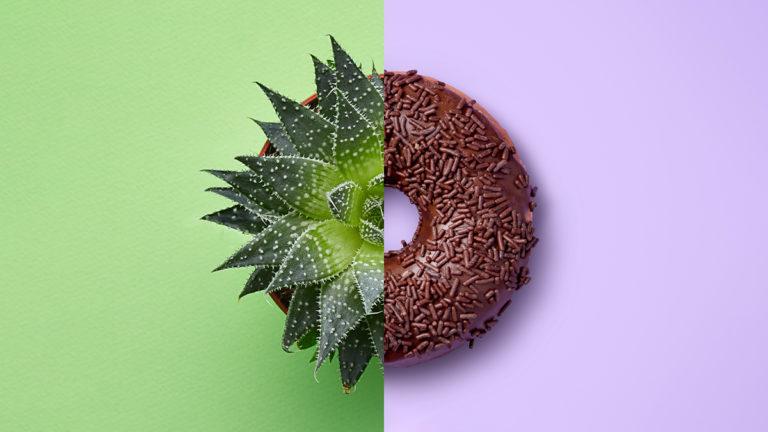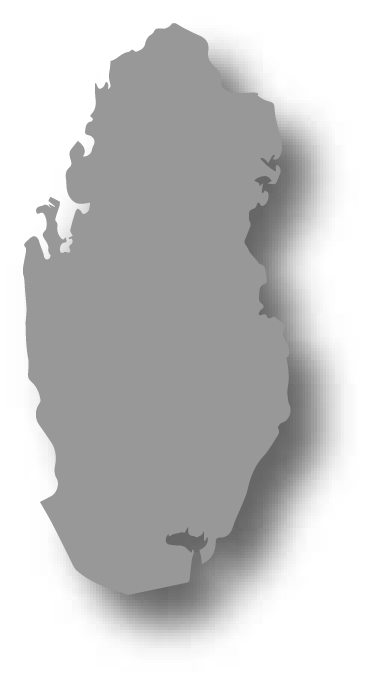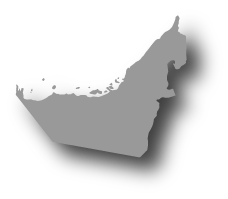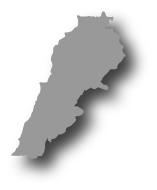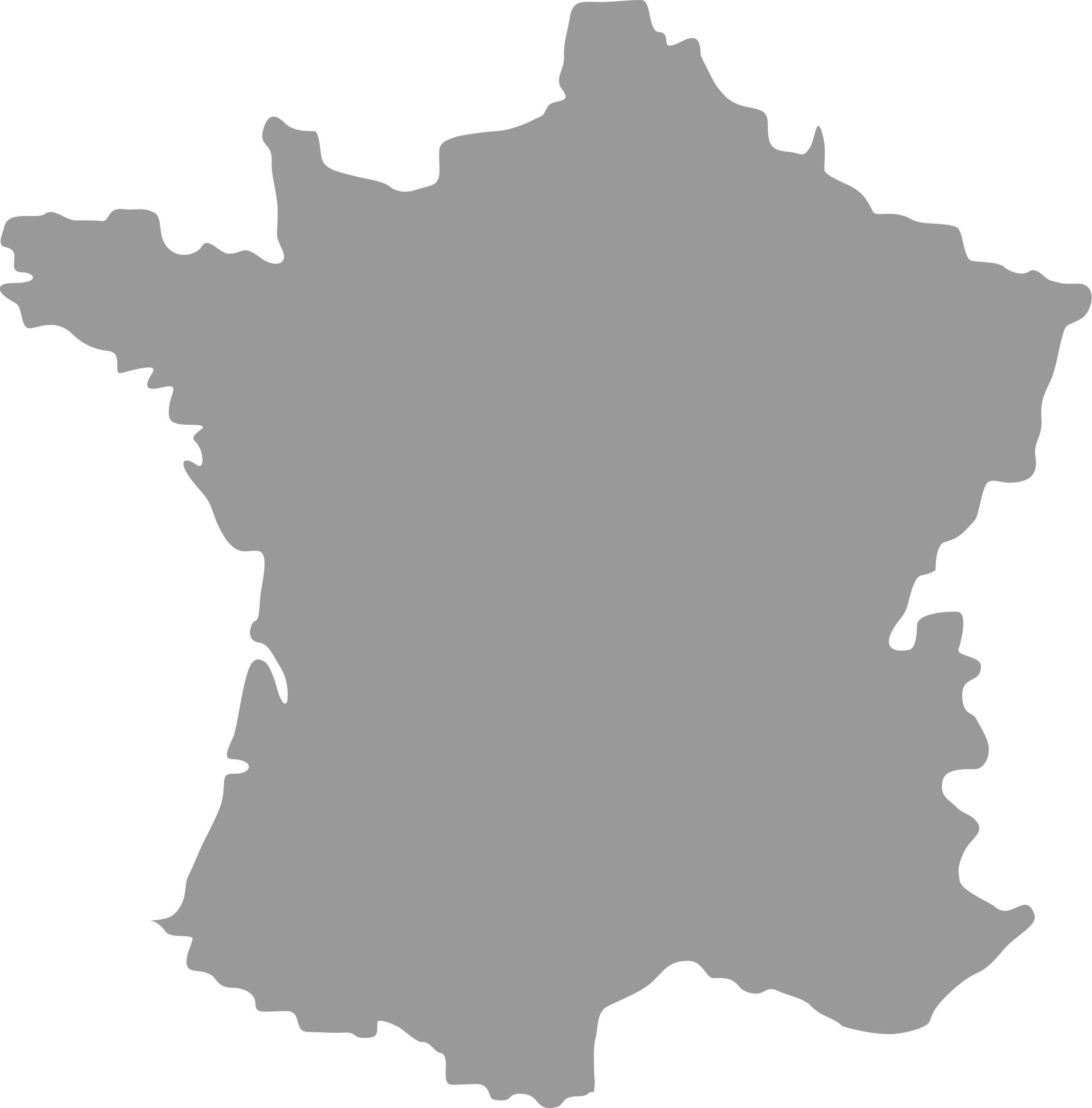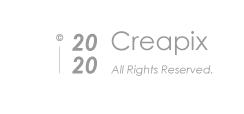Though what is considered “effective” may vary across products, there are a few golden rules that have been long-established in design. Symmetry is perhaps one of the most common. People tend to perceive symmetrical shapes as more attractive and preferable, in comparison to asymmetrical ones. As such, it is not surprising that brand managers favor using symmetrical logos. In an analysis we conducted on 423 major brands, 95% had logos that were perceived as symmetrical.
But, despite the large number of companies using symmetrical logos, little has been written about whether such designs can also backfire and harm brand equity. The purpose of our latest research was to figure this out.
We started from the premise that symmetrical objects may be less stimulating and arousing (both visually and mentally) than asymmetrical objects. We hypothesized that, if this premise was correct, people who view symmetrical logos may feel that a brand is less “exciting.” This, in turn, could harm the image and degrade the equity of brands that are positioned as “exciting.”
“Exciting brands” are those that market themselves as “cool,” “trendy,” “youthful,” “spirited,” “imaginative,” or “daring.” (Think brands like Mountain Dew, Red Bull, Nike, and Tesla).
We tested our propositions in six studies.
In the first two studies, 526 consumers evaluated pairs of logos. Each pair comprised a symmetrical and an asymmetrical version of the same logo, the design of which was kept as simple as possible to allow a robust test of our proposition (see examples below). In the first study, we asked consumers to select from a list of adjectives the brand sentiments that these logos evoked (i.e., trendy, cool, youthful, and imaginative).
In the second study, consumers rated the extent to which these brand logos evoked feelings associated with excitement (i.e., were perceived as trendy, cool, youthful, and imaginative) on a seven-point scale, with seven being the most exciting and one being the least. We, then, compared consumers’ responses to symmetrical logos with their responses to asymmetrical logos.

In the first study, we found that consumers selected 11% fewer adjectives relating to an exciting brand personality when they were exposed to a symmetrical logo. In the second study, the ratings were, on average, 17% lower when consumers were exposed to a symmetrical logo, as opposed to an asymmetrical one.
In the next two studies, we examined whether, compared to asymmetrical logos, symmetrical logos can have a detrimental effect on exciting brands. A total of 370 consumers randomly assigned to one of eight groups evaluated a brand that either had a symmetrical or a corresponding asymmetrical logo. We manipulated the personality of the brands by varying the adjectives used to describe them. Words such as “independent,” “charming,” or “down-to-earth” were used to establish exciting, sophisticated, or sincere brand personalities, respectively.
After reading the brand description and viewing the logo, participants indicated on seven-point scales how much they liked the brand, with seven indicating that they liked the brand very much, and one, very little.
Results showed that the symmetrical logo had a negative effect on brand attitude when the brand had an exciting personality: Participants liked the exciting brand less when it had a symmetrical (vs. asymmetrical) logo. More specifically, across these studies, the mean rating for the exciting brand was 4.9 when it had an asymmetrical logo but only 3.9 when it had a symmetrical one. Having a symmetrical (vs. asymmetrical) logo, however, did not make a difference when the brand had a sophisticated or sincere personality.
In the fifth study, we analyzed a secondary dataset that included personality ratings of 100 major global brands on hundred-point scales, as well as brand attitude ratings that ranged between .10 and 24.3. These ratings were collected via a survey by the BrandAsset Valuator (BAV) consulting group of Young & Rubicam using a sample of more than 10,000 consumers representative of the U.S. population. We supplemented this dataset with ratings from our own survey of 202 U.S. consumers. In our survey, we asked participants to rate the symmetry of the logos of those same brands on a scale of 1 (very symmetrical) to 7 (very asymmetrical). Using a series of regression analyses, we explored the effect of logo symmetry on brand attitude and financial valuation as a function of brand personality.
We found that, for brands that do not have an exciting personality, symmetrical logos boosted consumer attitudes, and consequentially, the brand’s financial valuation. This is consistent with prior marketing literature, which suggests that using symmetrical (vs. asymmetrical) logos is beneficial for brands. However, we also found that for brands that have an exciting personality, symmetrical (vs. asymmetrical) logos were associated with lower consumer attitudes and financial valuation. Overall, our analysis indicated that using a symmetrical logo could, on average, lower brand attitude ratings by as much as three points for exciting brands.
Importantly, in our analyses, we did not find a statistically significant correlation between ratings of brand excitement and ratings of logo symmetry. This indicates that, among these global brands, the ones with an exciting personality were not more likely to use asymmetrical logos than the ones with a non-exciting personality. In other words, the managers of the exciting brands were likely unaware of, or did not fully consider, the potential negative effect of symmetrical logos when making logo design decisions.
To further examine this possibility, we ran a follow-up study to see whether commercial art designers are considering the effect we discovered when they make design decisions. We gave the description of an exciting brand to 21 professional designers and asked them which of two versions of a logo they would advise the brand to use. One version was symmetrical and the other, asymmetrical. Results showed that the designers were as likely to opt for the asymmetrical version (n = 11) as they were to opt for the symmetrical version (n = 10), even if the brand was clearly an exciting brand.
What Does This Mean for Your Company?
Broadly speaking, our findings suggests that brand managers and designers should keep brand personality in mind when (re)designing logos. This is because logo design characteristics that are generally considered favorable for brands (symmetry, in our research) might backfire when they are inconsistent with brand personality.
Brand managers and designers who are creating or modifying a logo should consider using an asymmetrical logo if the brand has an exciting personality. Conversely, when the brand does not have an exciting personality, using a symmetrical logo can be more favorable.
Our findings suggest, for example, that the logo of Mountain Dew matches the brand’s exciting personality, while the logo of Shell matches the brand’s unexciting personality. However, MTV might be better off with a less symmetrical logo, Kleenex, which does not have a strong exciting personality, might be better off with a more symmetrical one.
 In conclusion, satisfying the principles of good design, such as symmetry, and relying on unidimensional rules such as “have a good-looking logo” may not be optimal, but harmful, in certain cases.
In conclusion, satisfying the principles of good design, such as symmetry, and relying on unidimensional rules such as “have a good-looking logo” may not be optimal, but harmful, in certain cases.
Companies that want to craft an effective logo are better off considering how visual design will interact with brand personality. At times, they may find that breaking the rules leads to much more positive outcomes.



